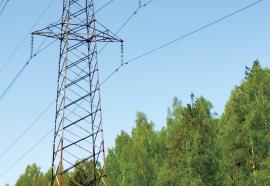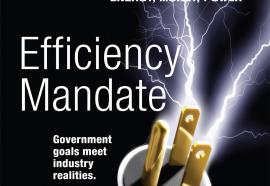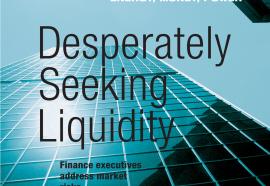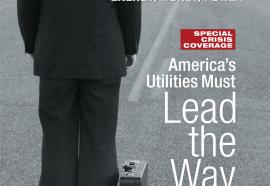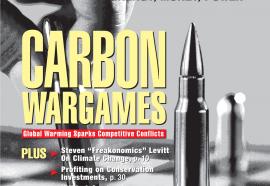IOUs Under Pressure
Policy and technology changes are re-shaping the utility business model.
A once-in-a-lifetime confluence of forces is re-shaping the business models of America’s electric utilities. Rising costs, combined with technological advancements and shifts in regulatory policy, are putting unprecedented pressure on companies that depend on market conditions. Those that adapt to the new realities will be better positioned for success in the future.



